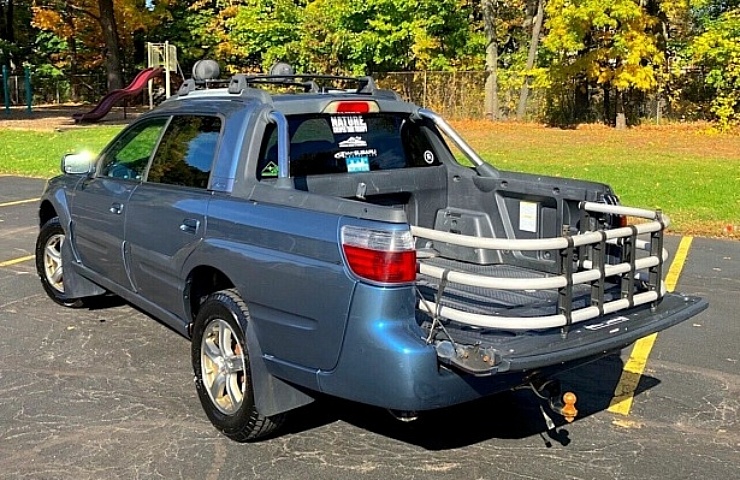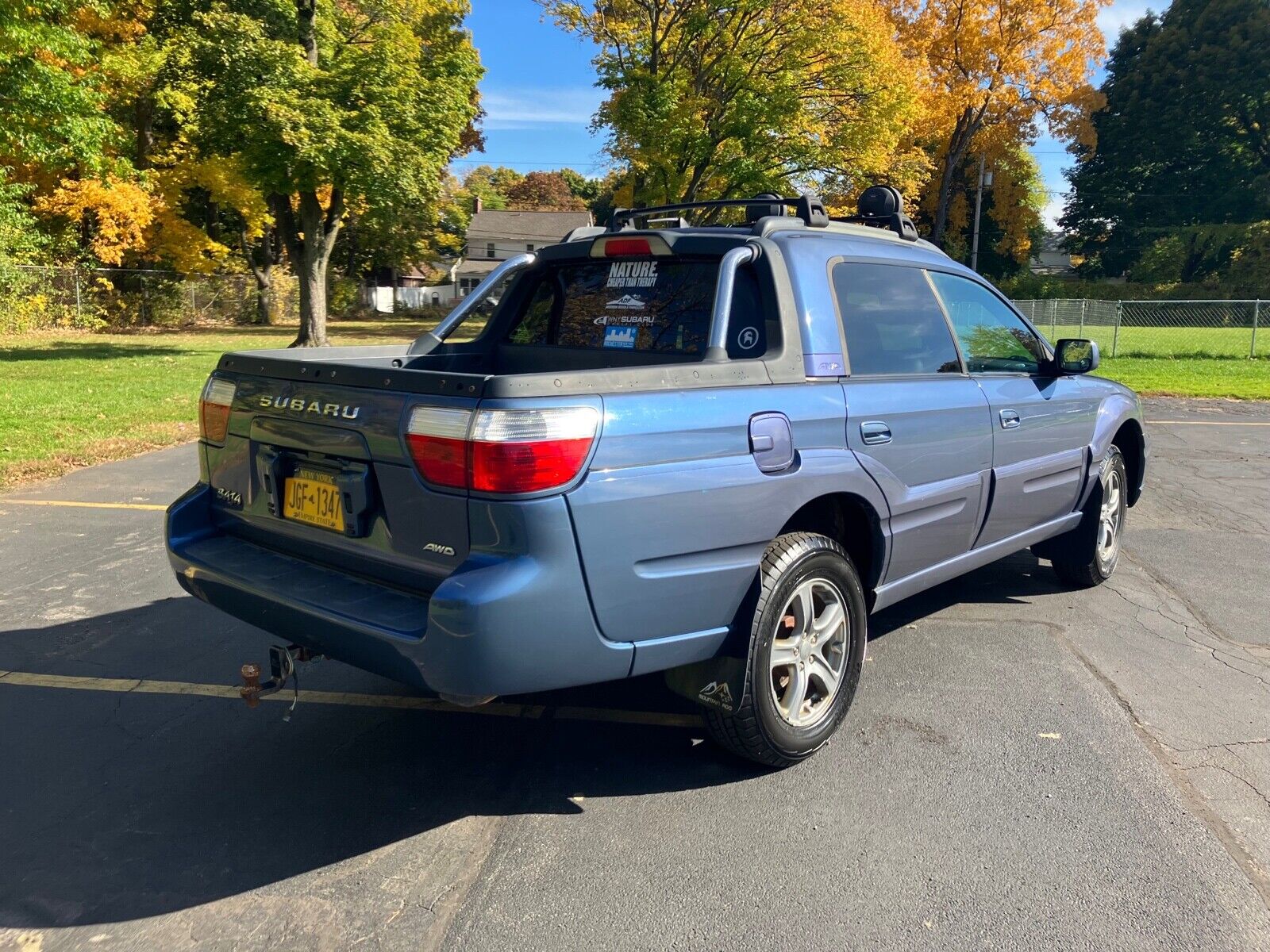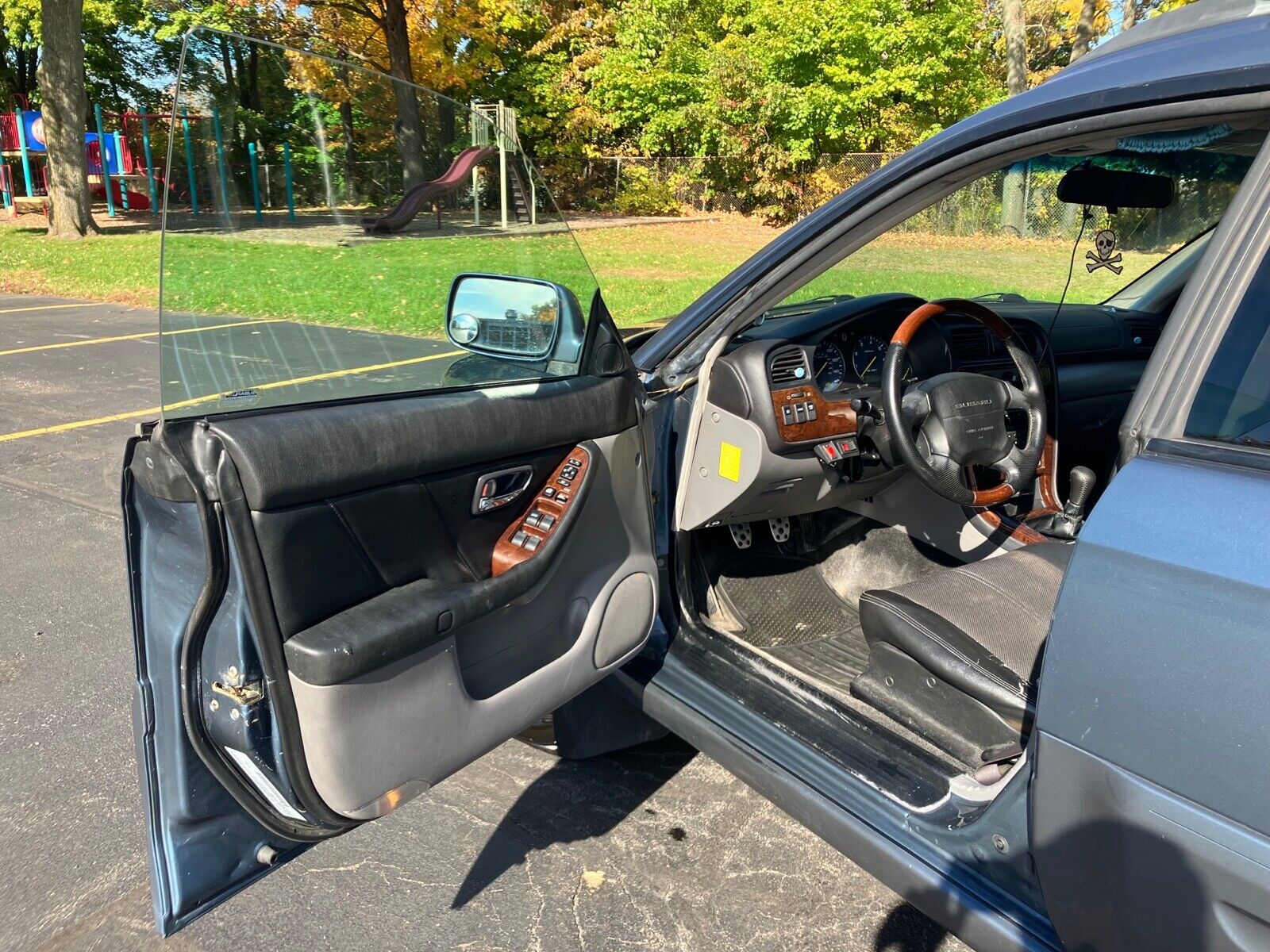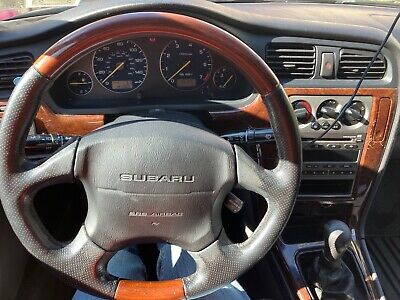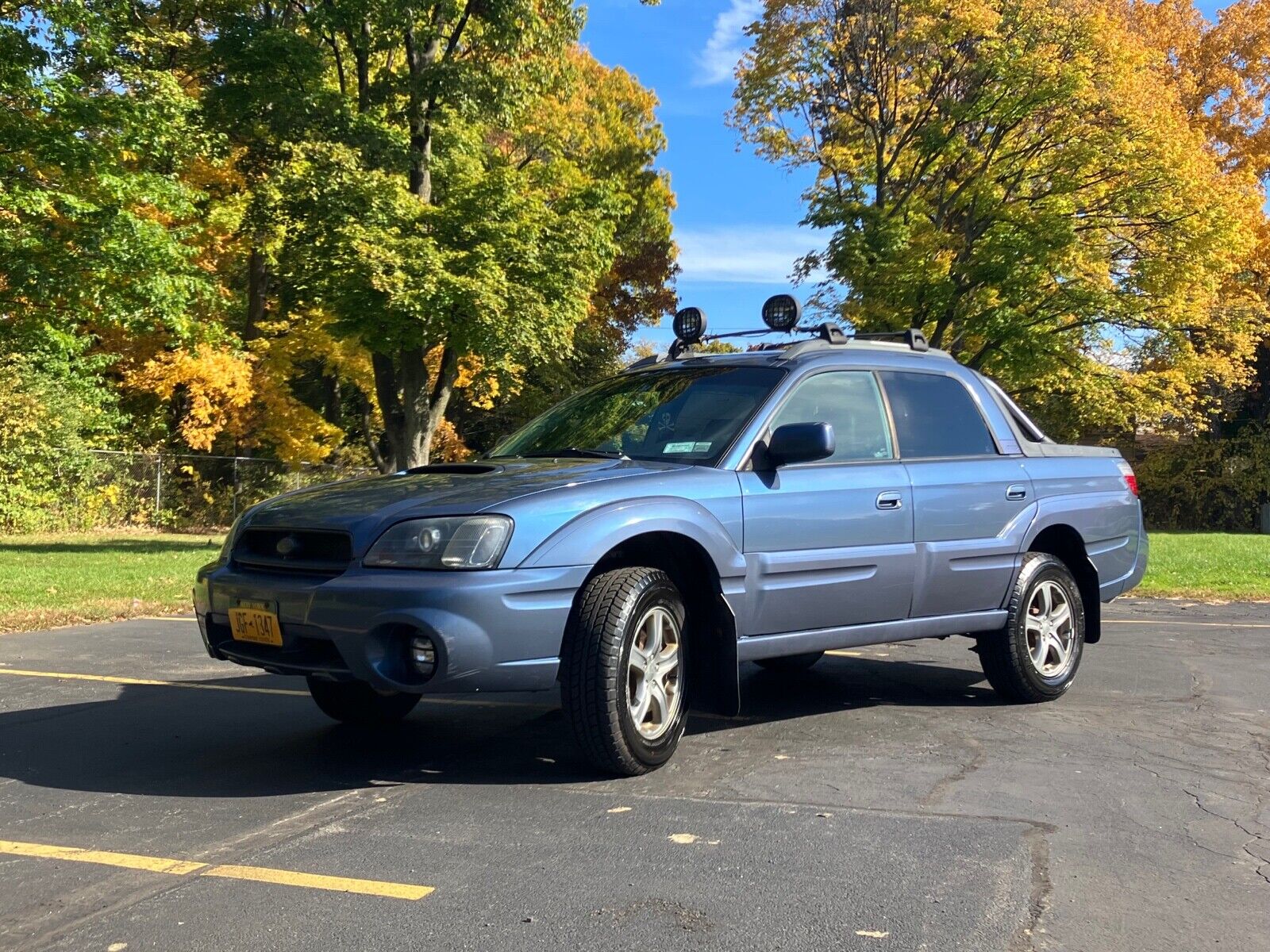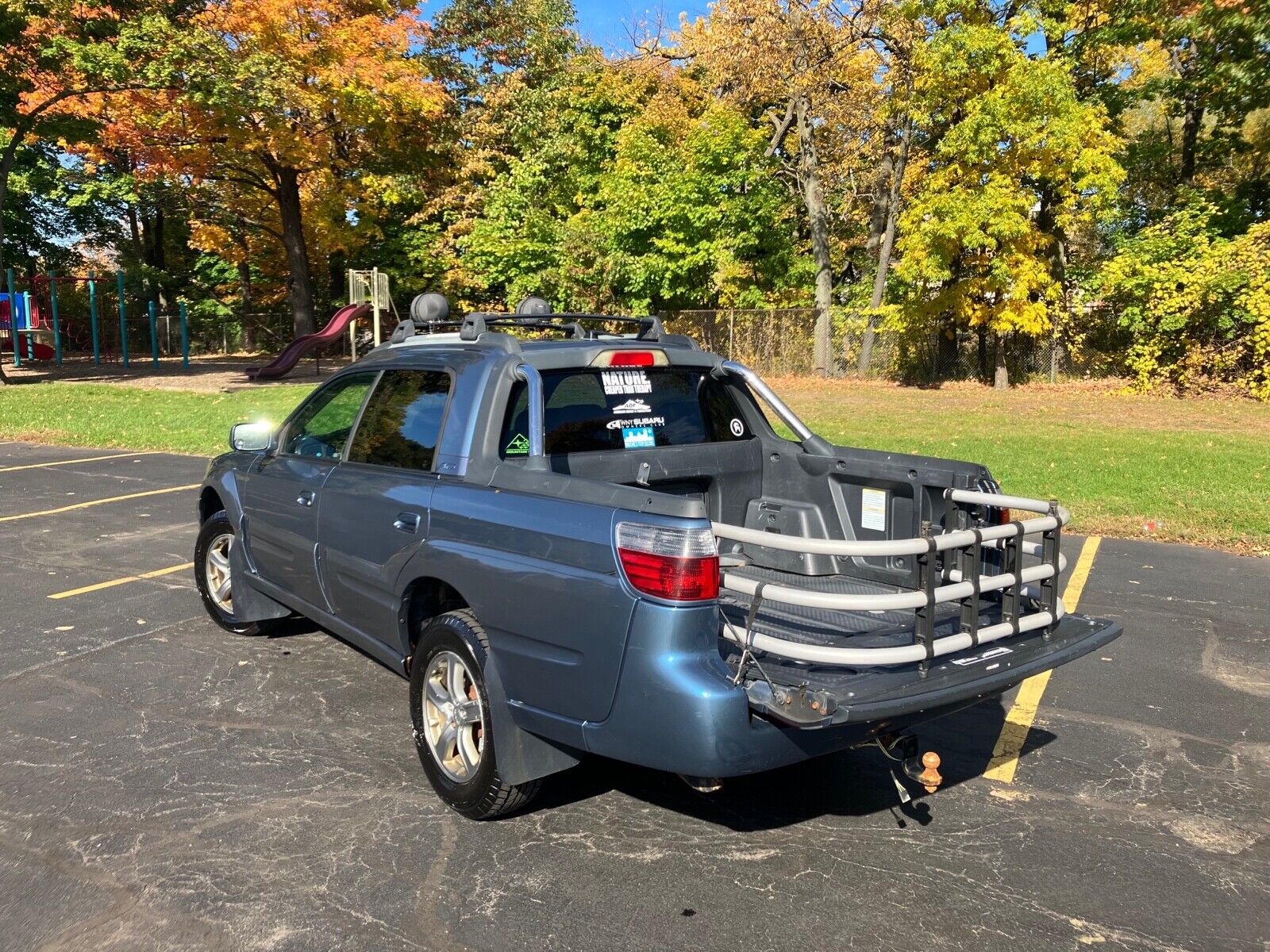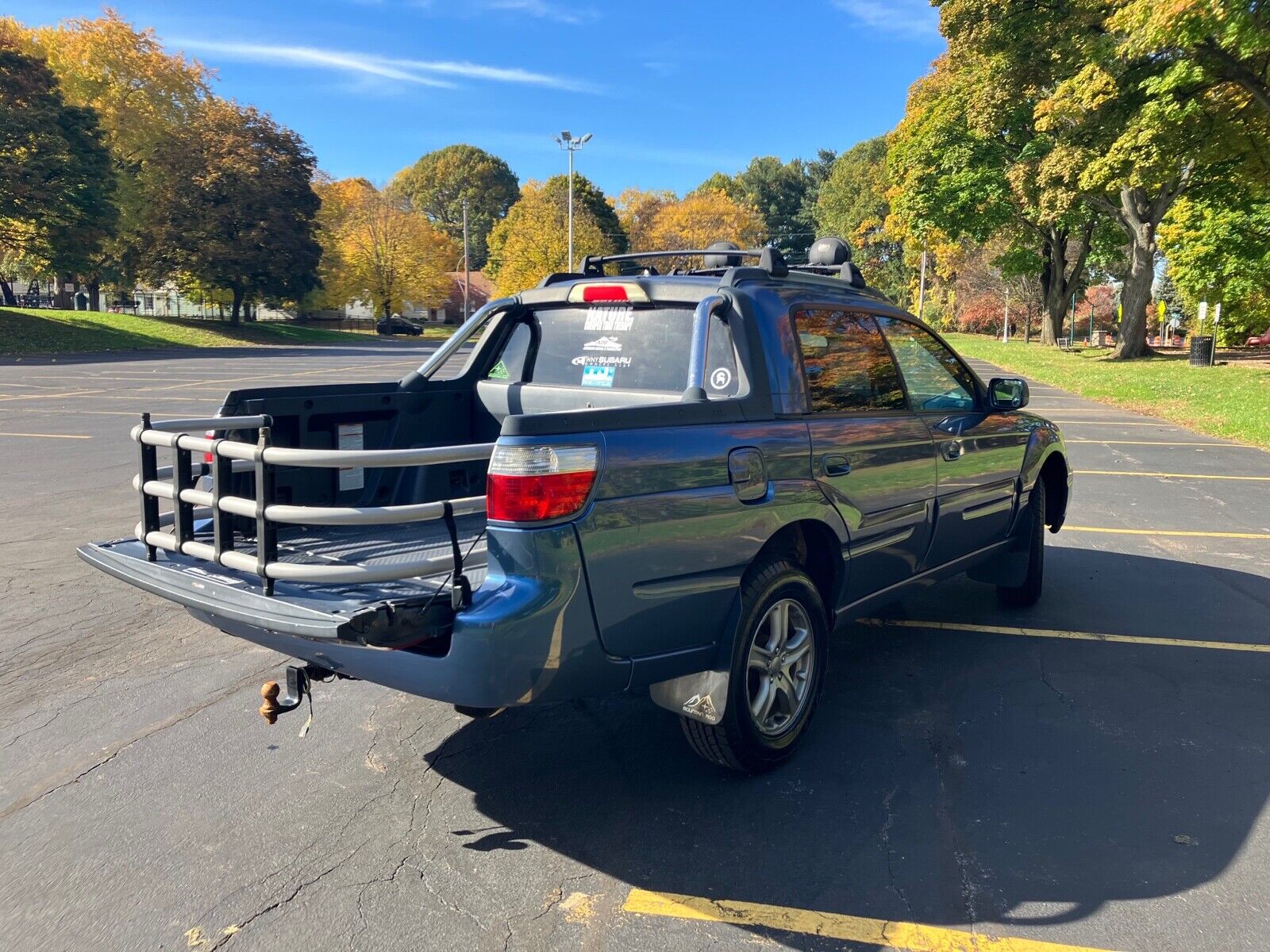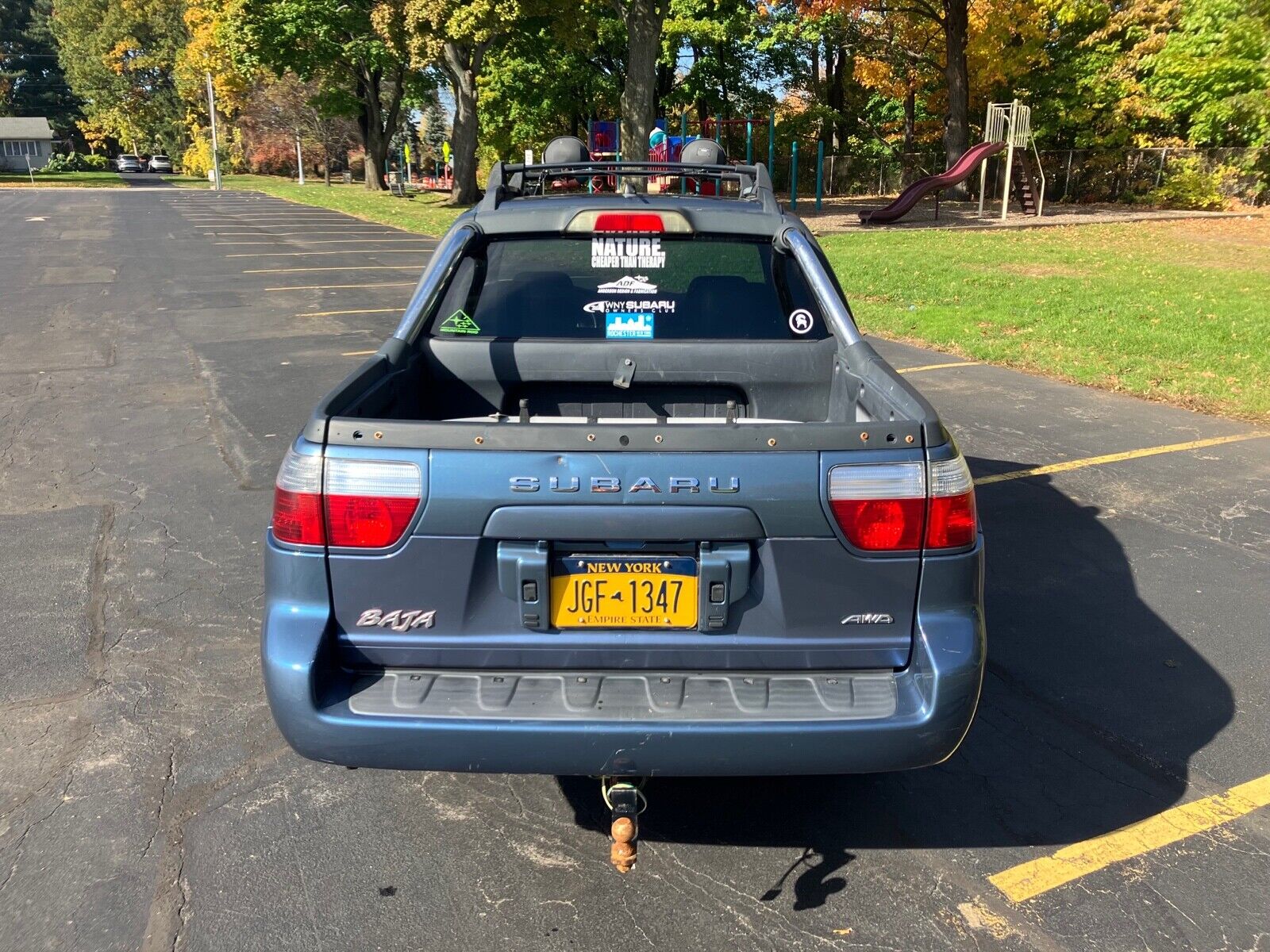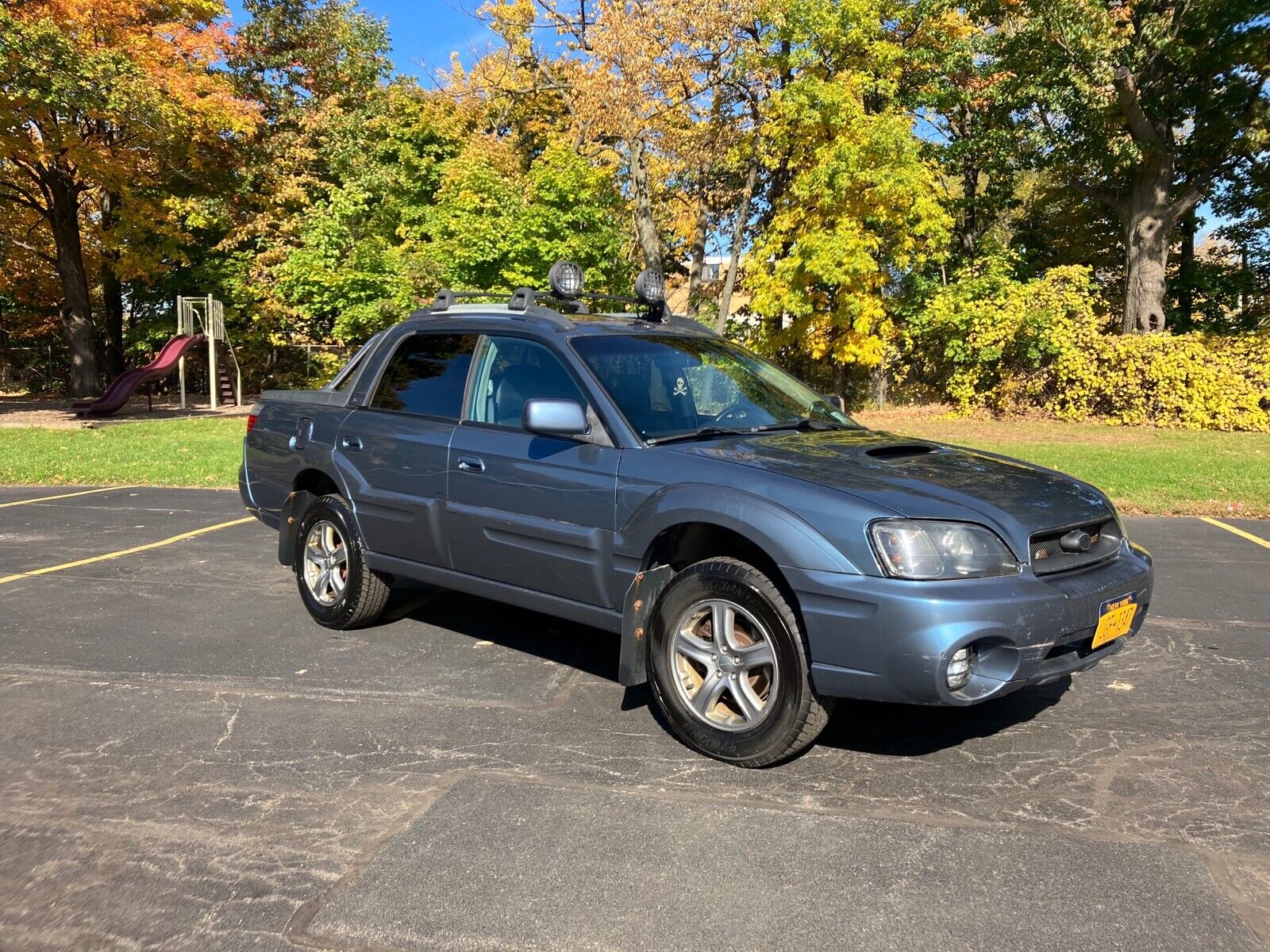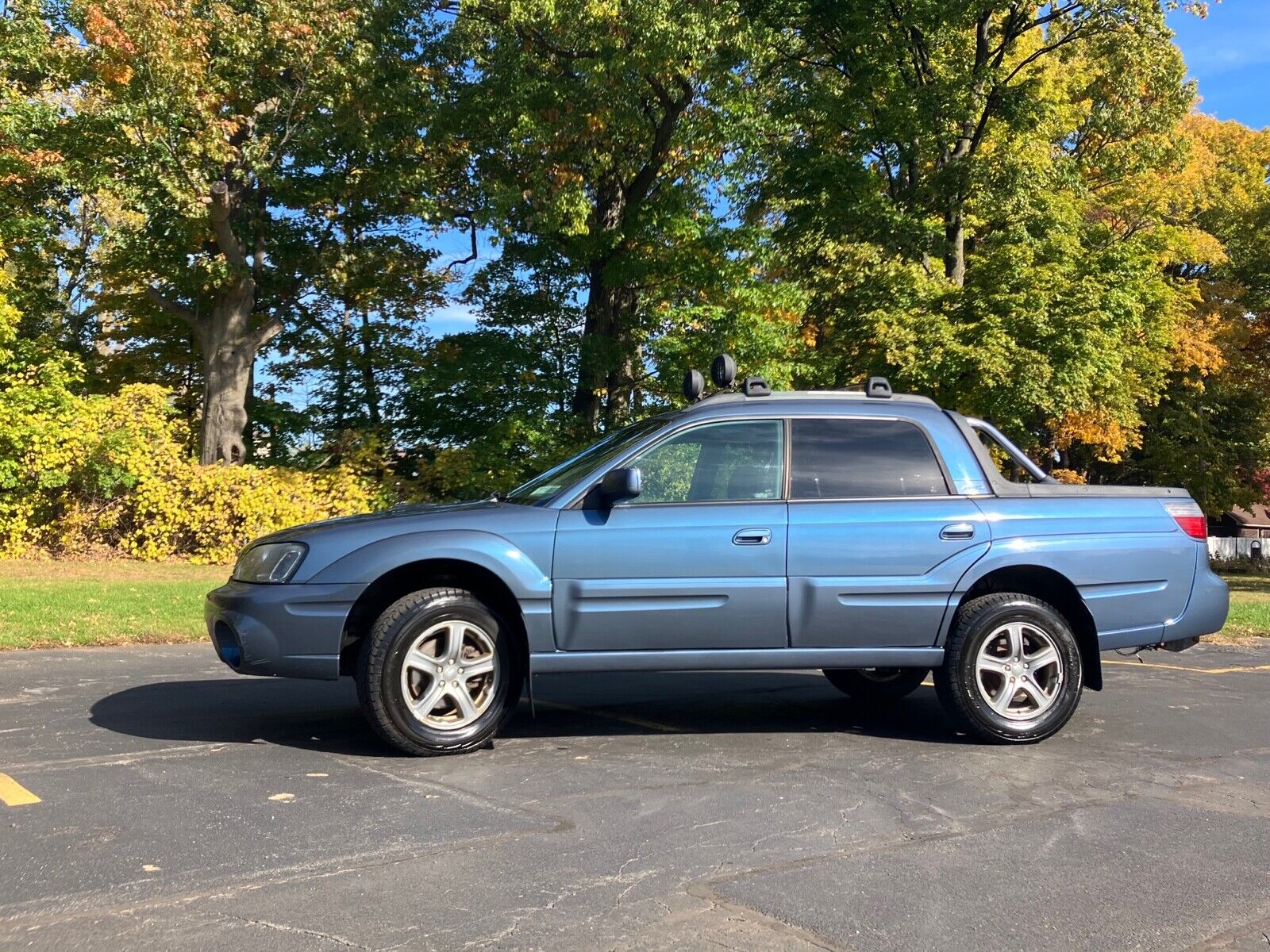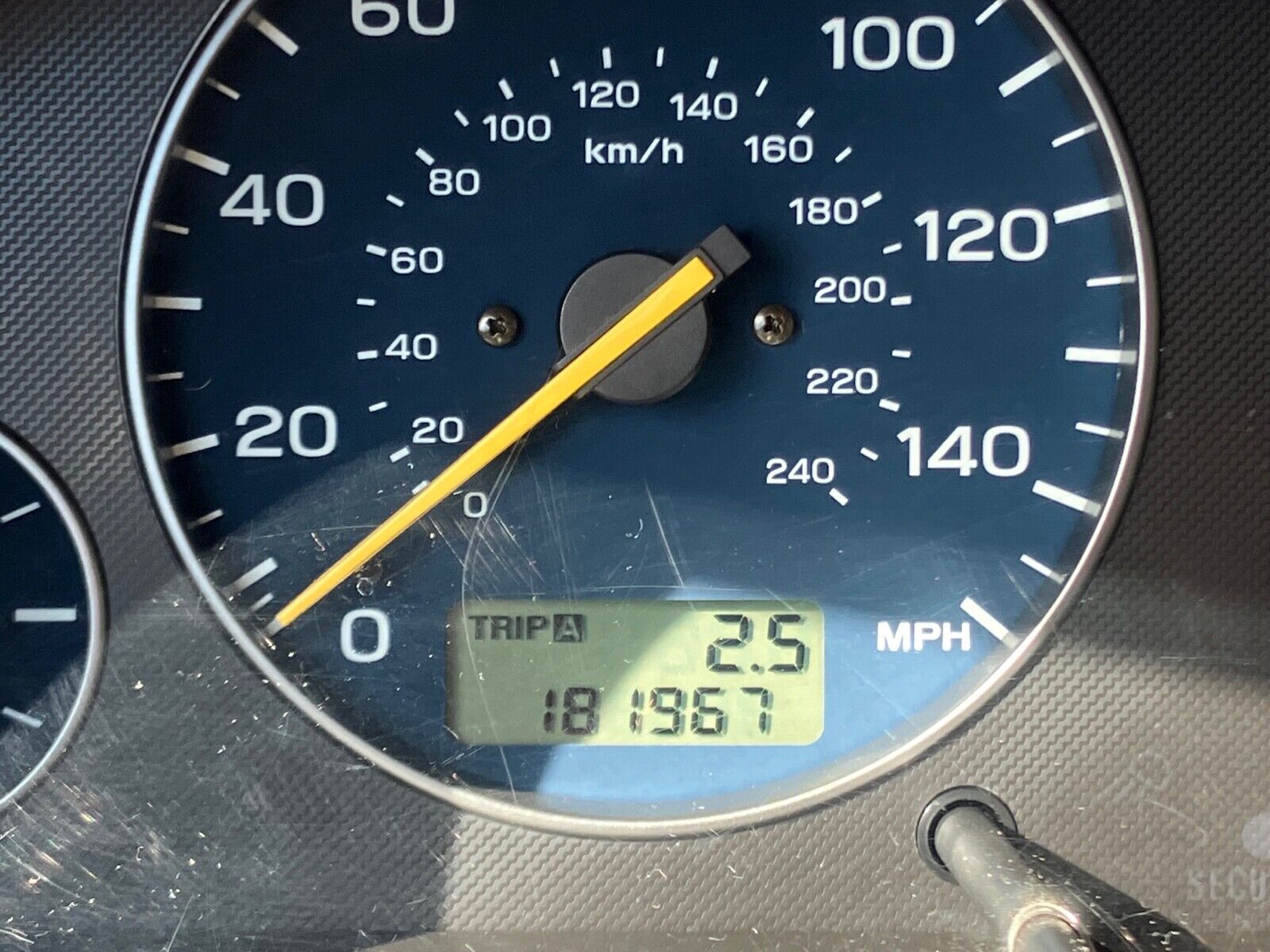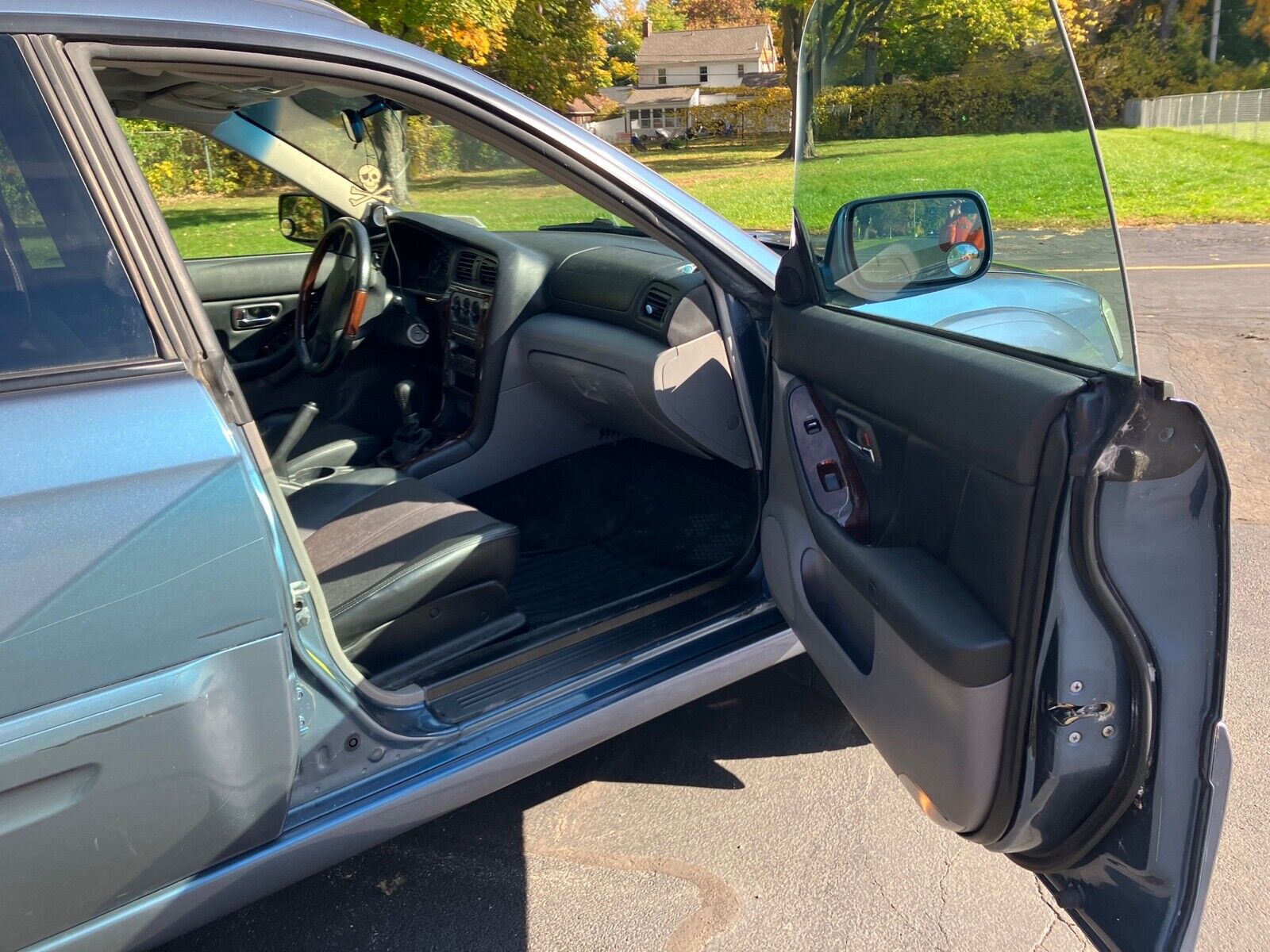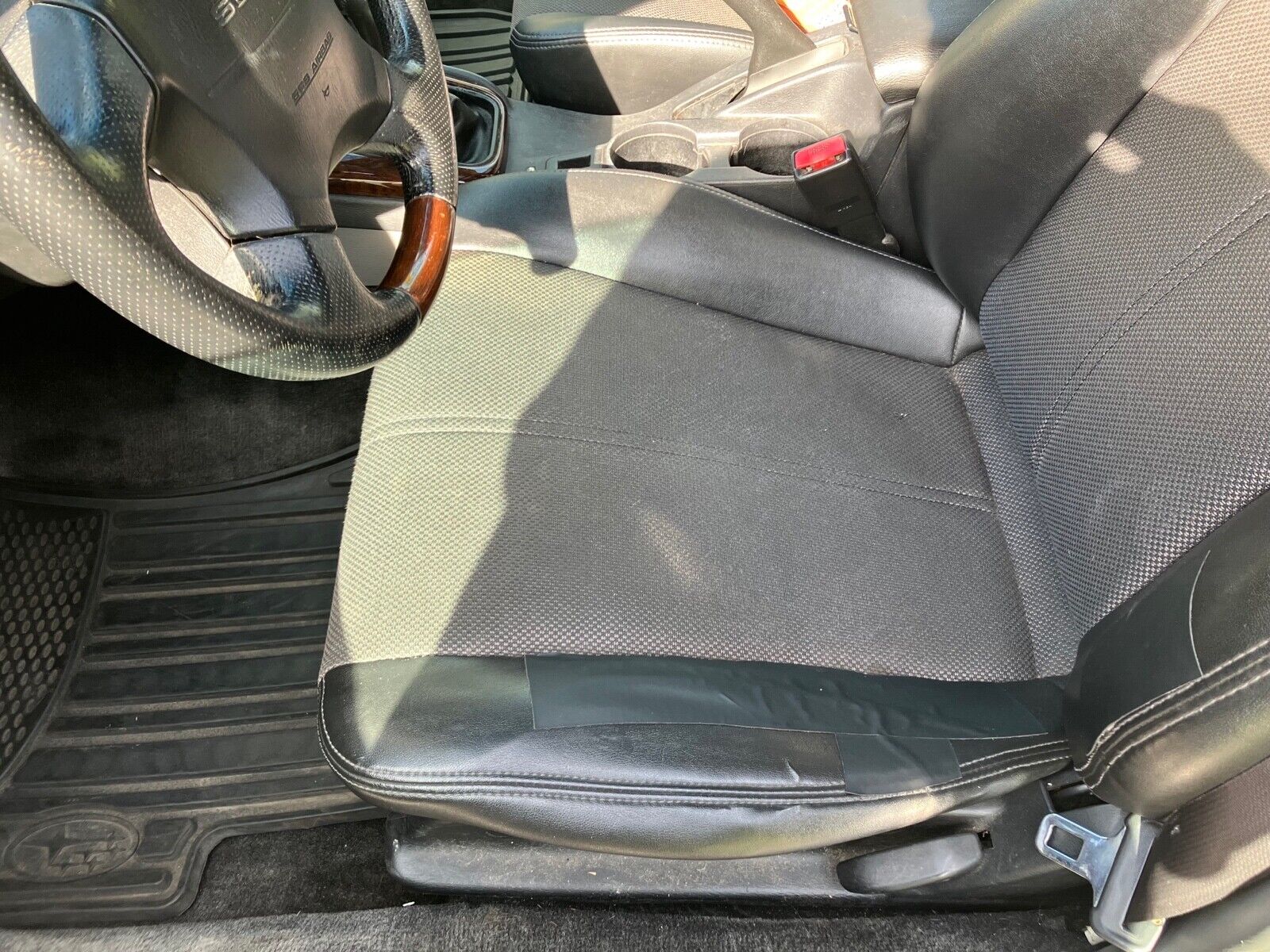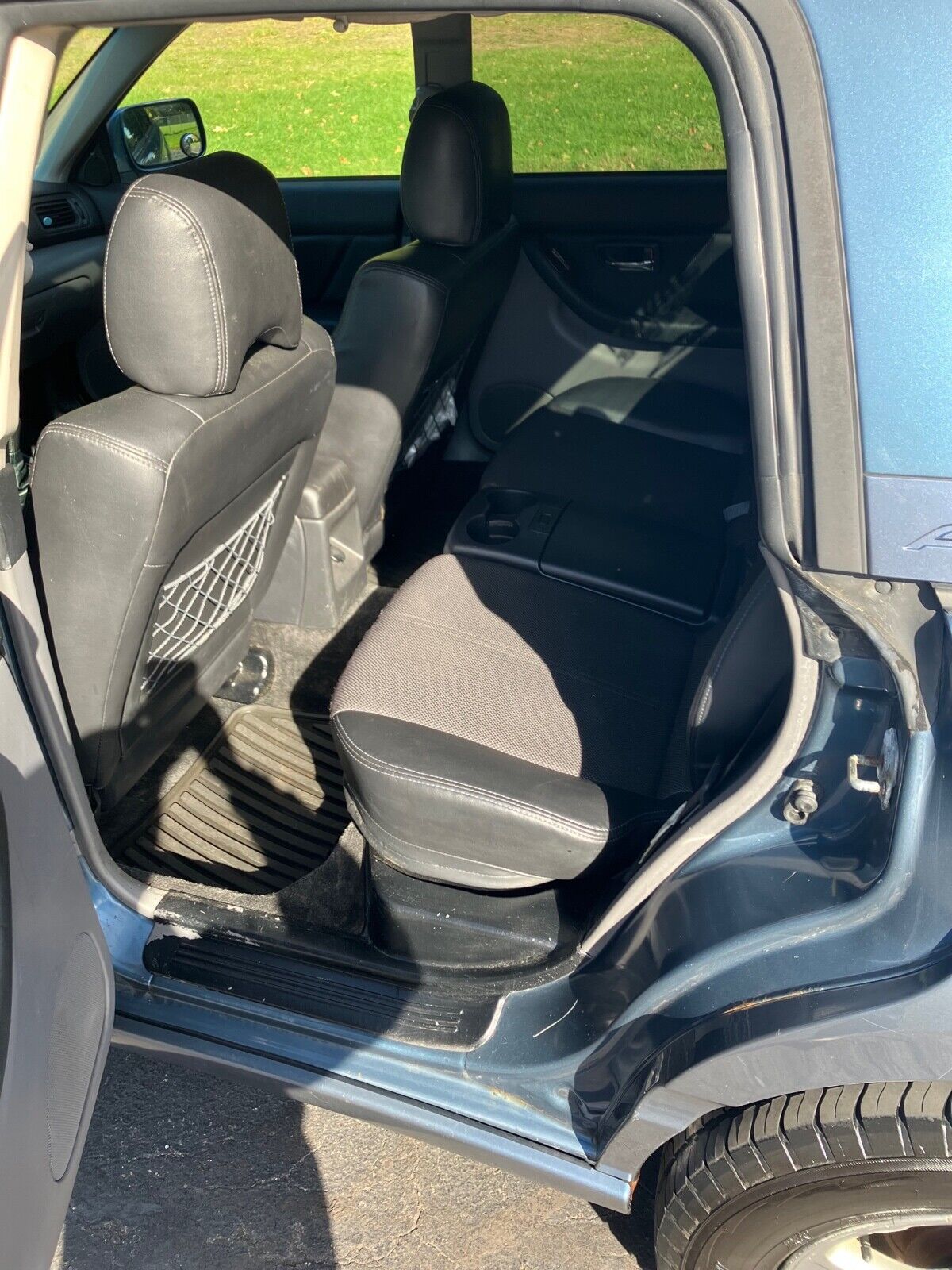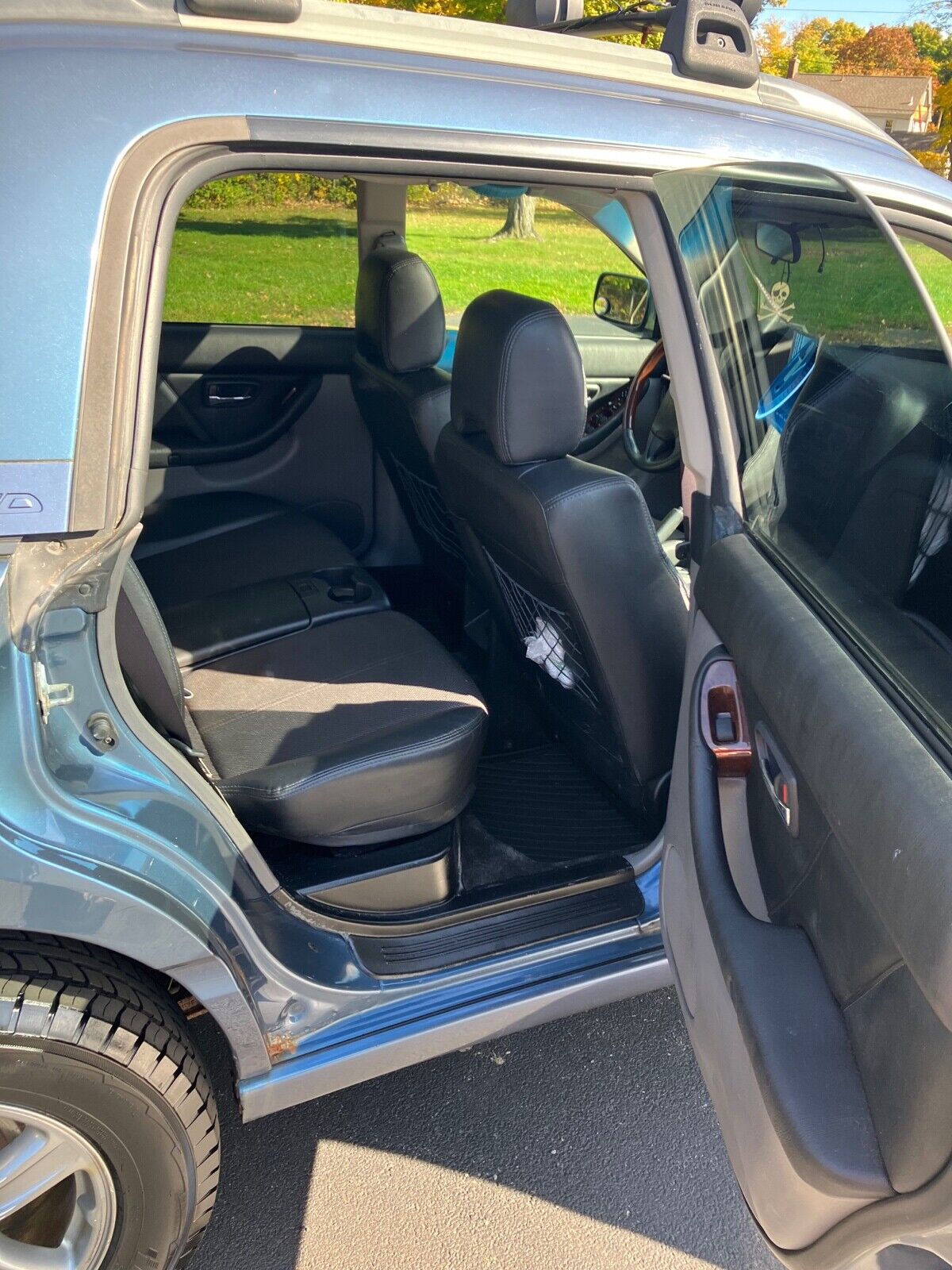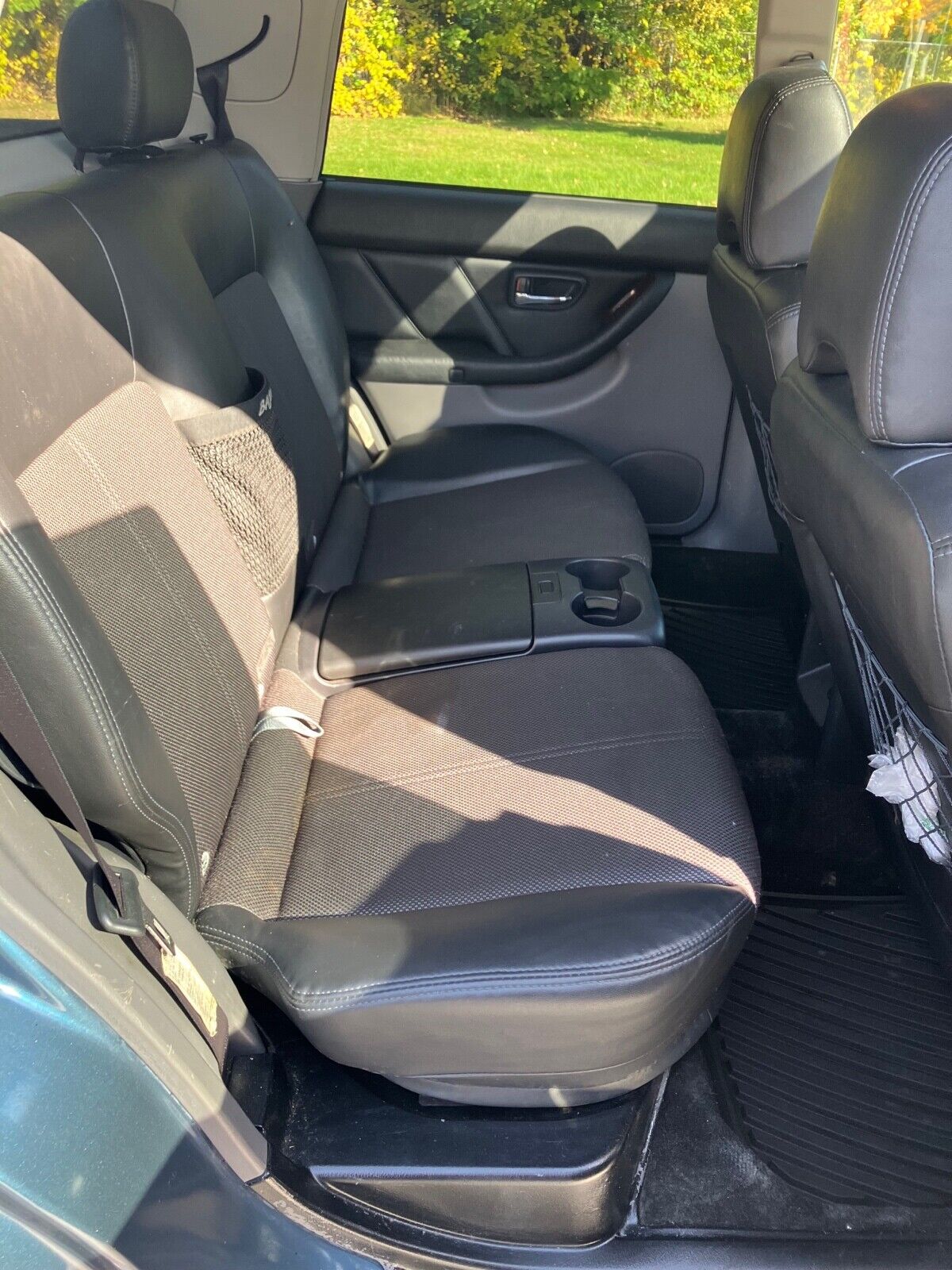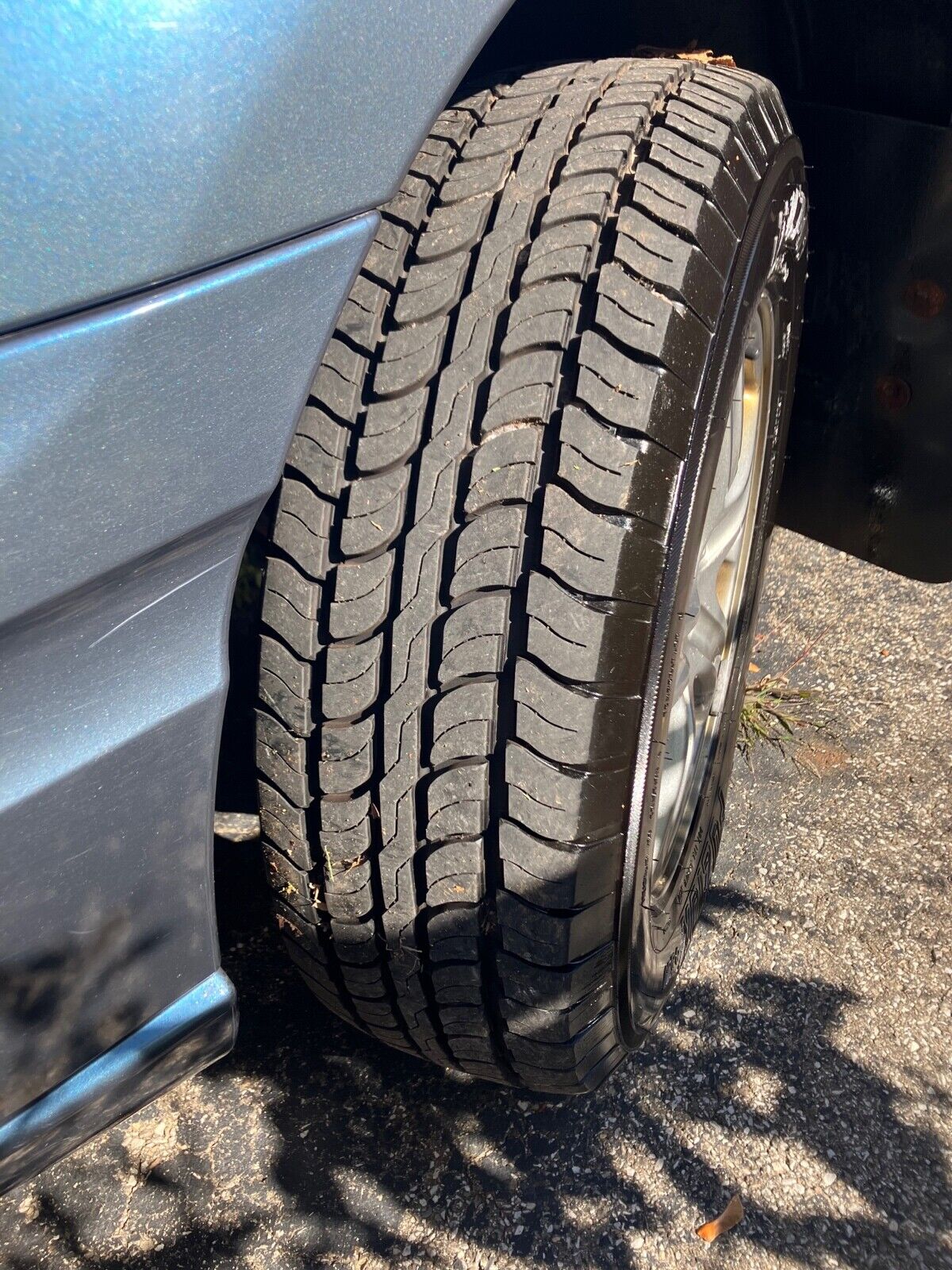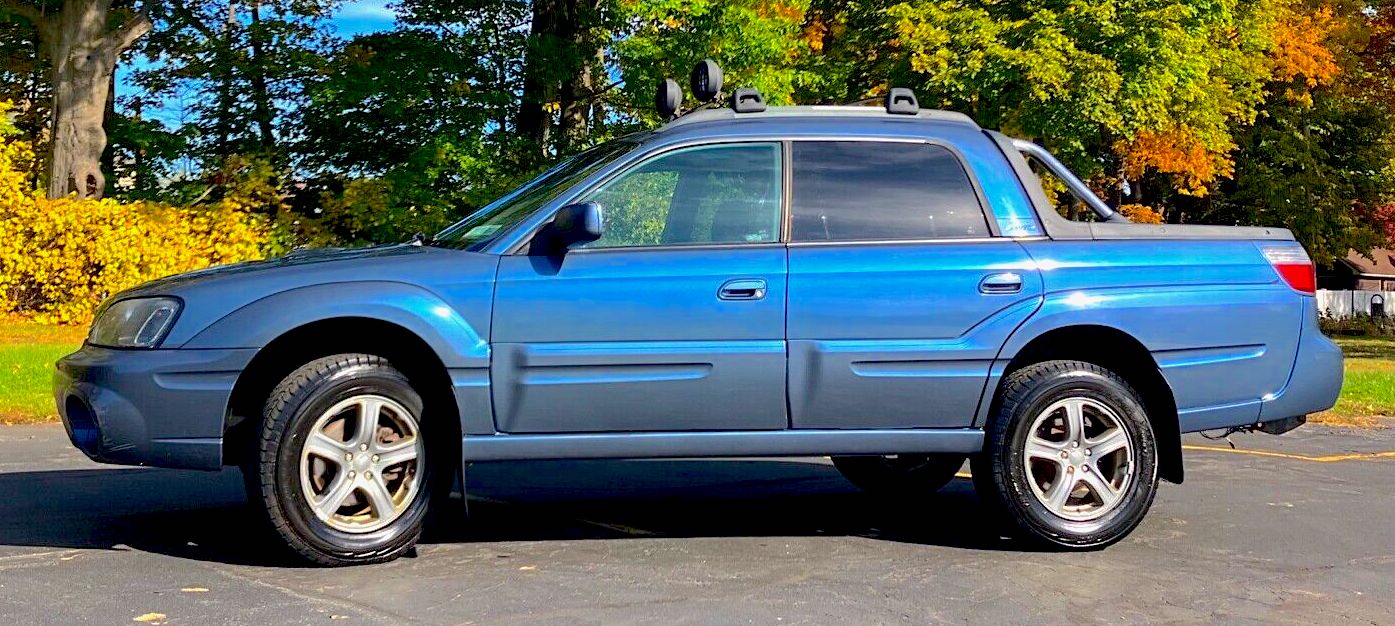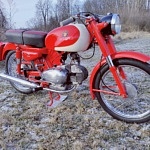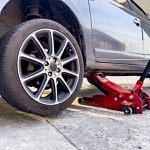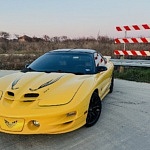Subaru has always been a quirky car company. For its first couple of decades in the US, it was known for just one model—the BRAT. The capable yet bizarre 4WD car-based pickup gained a cult following. Even Ronald Reagan was an enthusiastic owner.
Sixteen years after the BRAT left the market in 1987, Subaru revived the idea of car/pickup with the 2005 Baja, like this Baja Turbo sold on eBay in Rochester, NY.
Part Car, Part Pickup
In the 1970s, Subaru made a name for itself by sticking four-wheel-drive systems to its Leone wagon and sedan, sold as the Subaru DL and GL in America. These were the world’s first mass-production 4WD cars and quickly gained a devoted following in northern climates.
The BRAT (which stood for bi-drive recreational all-terrain transporter) was the pickup variation of the Leone. But it didn’t have a separate bed like a traditional truck. Instead, the bed was part of the vehicle’s unibody construction. The BRAT was identical to the wagon and sedan versions from the B-pillars forward.
However, in the late 1980s, Subaru cars began using more modern and mainstream designs. So the idea of a 4WD car-based pickup was dead. Or was it?
Nothing Else Like It
Sixteen years later, Subaru surprised the industry when it debuted the 2003 Baja. The Baja had four full doors and two rows of seats while adding a small pickup bed—sitting on a stretched Outback platform.
Contrast that with the BRAT, which shared only the two front seats with its sedan counterpart. Yet, it added two jump seats in the bed. (The 1970s were a less litigious time.)
Read this: How an Unrestored 1978 Subaru BRAT Is Better Than a Supercar
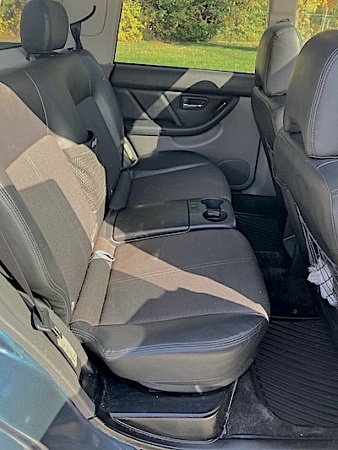
Nevertheless, the Baja garnered a cult following over time. As modern cars grew increasingly similar looking, a left-field option like the Baja had a unique charm. Of course, it could never replace a pickup, but that wasn’t the point.
The Baja drives like a regular car but can haul the occasional refrigerator. It has two ways to carry longer items. First, a pass-through between the bed and cabin is accessed by folding down the rear seats. Or owners can lower the tailgate and flip out a cage-like gate to extend the bed. There’s nothing else like it on the road.
Subaru Offered the Baja Turbo with a Manual Transmission
The 2005 Subaru Baja Turbo recently sold on eBay is a desirable variant due to its turbocharged engine making 210 horsepower and 235 pound-feet of torque. The boxer was added in 2004 as a response to critiques about lack of power. This particular specimen comes with the rare manual transmission option, which should give the car some scoot.
The odometer reads 181,970 miles, so the car has seen its share of action. It’s clearly enthusiast owned, and the seller added upgrades like heavy-duty CV shafts and a skid plate to protect the rear differential. In addition, many central components, such as the front subframe, valve cover, oil pan gaskets, and driveshaft, were replaced in the past two years.
It’s not without its flaws, though. The seller notes that the AC compressor no longer works, the windshield is cracked, and the muffler is missing. Scratches and East Coast rust are additional concerns.
This Subaru Baja Turbo was sold for $8,500. Unfortunately, the mileage is a bit too high and the condition is too rough for it to be a collector’s item. But a lucky new owner saw a direct fit for this offbeat car. It’s a rare opportunity to get the perfect adventure vehicle with cargo-carrying capacity.

